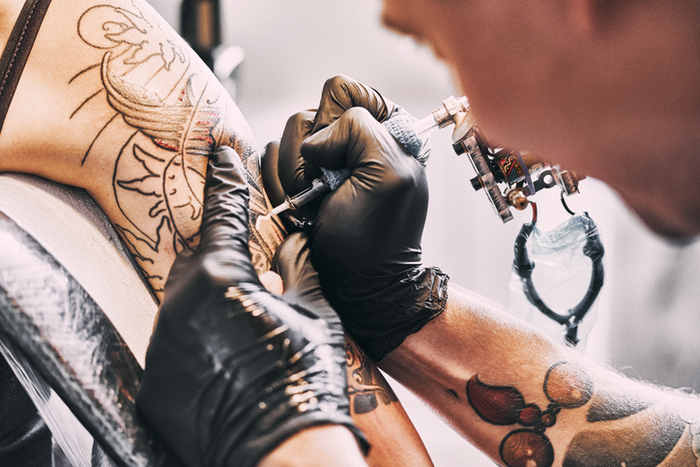During 2023, 523 new cases of hepatitis A, B, C and E were recorded in Italy. Added to these are 1 case of Delta hepatitis and almost 60 for which the family of the virus has not been determined. These are the data arriving from the Seieva Hepatitis Surveillance System of the Istituto Superiore di Sanità made available this morning. And cosmetic treatments such as manicures, piercings and tattoos help push growth.
The bulletin shows a slight growth in forms A, B and E compared to last year and a decline in hepatitis C. The reduction, compared to the mid-eighties, is however impressive: the incidence has fallen by approximately 20 times per hepatitis A, 40 times for hepatitis B and 50 times for hepatitis C.
In detail, in 2023, 267 cases of hepatitis A were notified to Seieva. The majority of cases were linked to the consumption of raw shellfish or undercooked to travel to endemic areas, sexual intercourse between men and consumption of berries. 45 infections were recorded in children and young people under 14 years of age.
There were 153 cases of hepatitis B; in this case, the most frequent probable sources of infection were exposure to beauty treatments such as manicures, piercings and tattoos, dental care, and risky sexual behavior. Health interventions are only further behind.
The decline in cases of hepatitis C continues: there were 51. In this case the most frequent risk factor was the use of aesthetic treatments (40.4% of cases), which exceeded for the first time in recent years the nosocomial exposure (29.4%); drug use was recorded in 27.1% of the sample.
However, there were 58 cases of hepatitis E, 4 of which in people returning from countries where the infection is endemic. The majority of indigenous cases are linked to the consumption of raw or undercooked pork or wild boar meat.
The report also highlights the insufficient proportion of tests performed to detect Delta hepatitis. The virus responsible for the infection can in fact infect people affected by hepatitis B, worsening liver damage.
Reproduction reserved © Copyright ANSA

